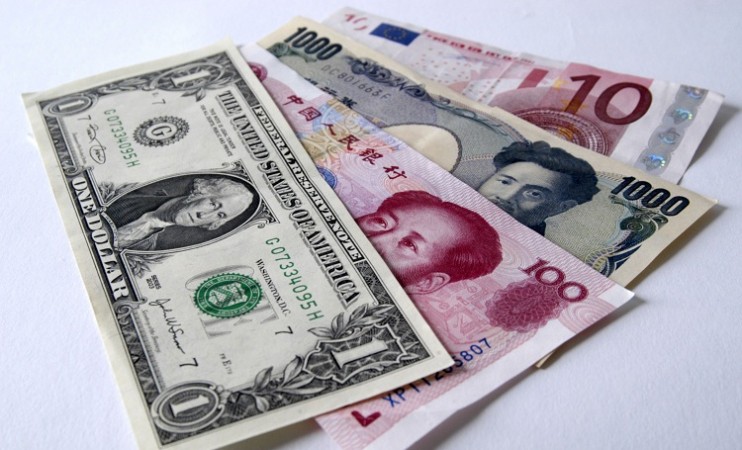
The YEN was on track for its biggest gains since the depths of the COVID crisis in March 2020, as rising U.S.-China tensions over Taiwan and deepening worries about a global economic slowdown boosted the appeal of safe-haven assets.
Since the Federal Reserve boosted interest rates last week amid indications that the U.S. economy is slowing, the U.S. dollar has struggled broadly, extending a tough few trading sessions. Policymakers have hinted at a slower pace of rate hikes in the future. On Tuesday, the Japanese yen was expected to advance for a fifth straight session against the dollar, bringing its five-day total rise to about 4.5 percent.
The spread between ten-year U.S. debt and corresponding Japanese bonds decreased further to 236 basis points (bps), the smallest since early April, as the benchmark 10-year Treasury yield dropped to 2.516%, its lowest level since April. Data released last week revealed that the U.S. economy contracted for a second consecutive quarter, fueling a discussion over whether the nation is currently experiencing or is about to enter a recession. Traders will be closely examining U.S. jobs data on the Weekend.
After the Reserve Bank of Australia lifted rates by 50 basis points to 1.85 percent, as anticipated, the Australian currency dropped by almost 1.5 percent. Although more tightening was anticipated, the bank stated that it was not on a predetermined course, which some investors took to suggest that future policy tightening might not be as harsh.
The offshore yuan of China weakened to 6.7957 per dollar, the lowest level since mid-May. This was partly ascribed by some experts to hostilities surrounding Pelosi's visit as well as subpar weekend economic statistics from China. The dollar index, which compares the value of the dollar to six other currencies, increased 0.3 percent to 105.65.
Inflation in South Korea goes up nearly 24-year high
Italy economy sees 4.6 pc growth in Q2, amid high inflation
Inflation reaches record levels in 19 nations using the euro